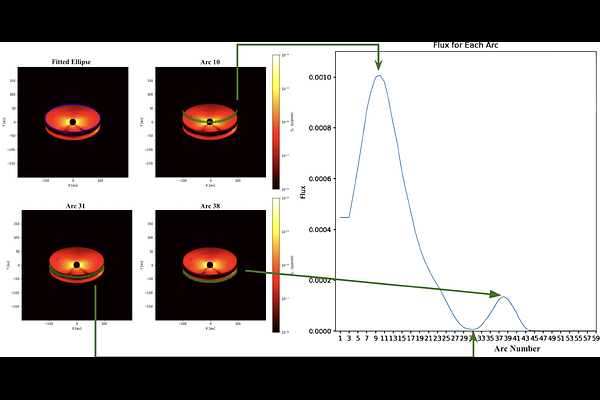Peering through the veil: Investigating protoplanetary disk outer edges using backside visibility

Peering through the veil: Investigating protoplanetary disk outer edges using backside visibility
Joel George, Carsten Dominik, Christian Ginski
AbstractProtoplanetary disks observed in scattered light reveal essential insights into the disk's three-dimensional architecture and dust properties. These disks, which play a crucial role in planet formation, have complex structures where the visibility of the disk's backside can vary significantly based on several parameters. This study aims to explore the factors impacting backside visibility in protoplanetary disks, particularly under variations in inclination, dust distribution, grain characteristics, and outer disk morphology. Using RADMC-3D radiative transfer simulations, we investigate how these variables influence the appearance of the backside in scattered light images. Tapered disk models with exponential tapers, frequently obscure the backside, which supports the rarity of observed backside features. In cases where backside features are visible at lower inclinations, they likely indicate cut-off disks, as backside detection is challenging in standard tapered models at these inclinations. Additionally, factors like dust mass, grain distribution, and disk material stratification play crucial roles in backside observability, affecting its potential detection in real observations. This study contributes to understanding the detectability of the backside in protoplanetary disks, with implications for refining observational strategies and interpreting backside features in scattered light images. These findings help frame backside visibility as a critical aspect of assessing disk structure and evolution.